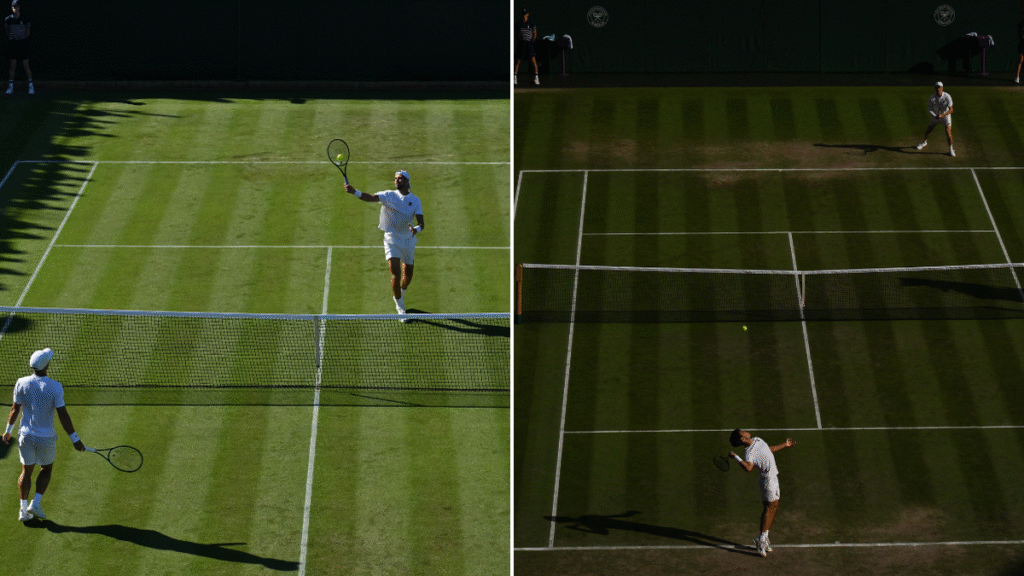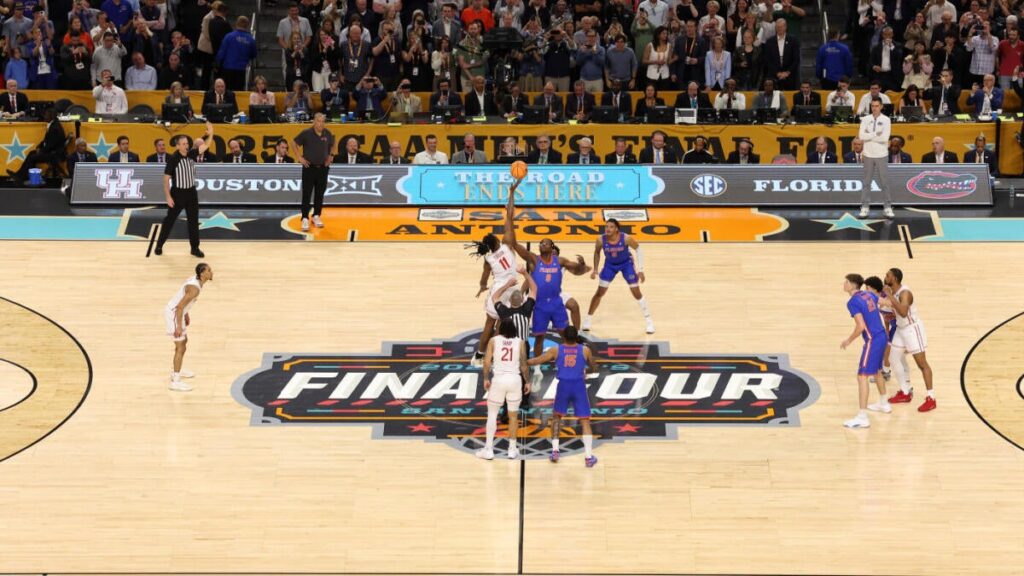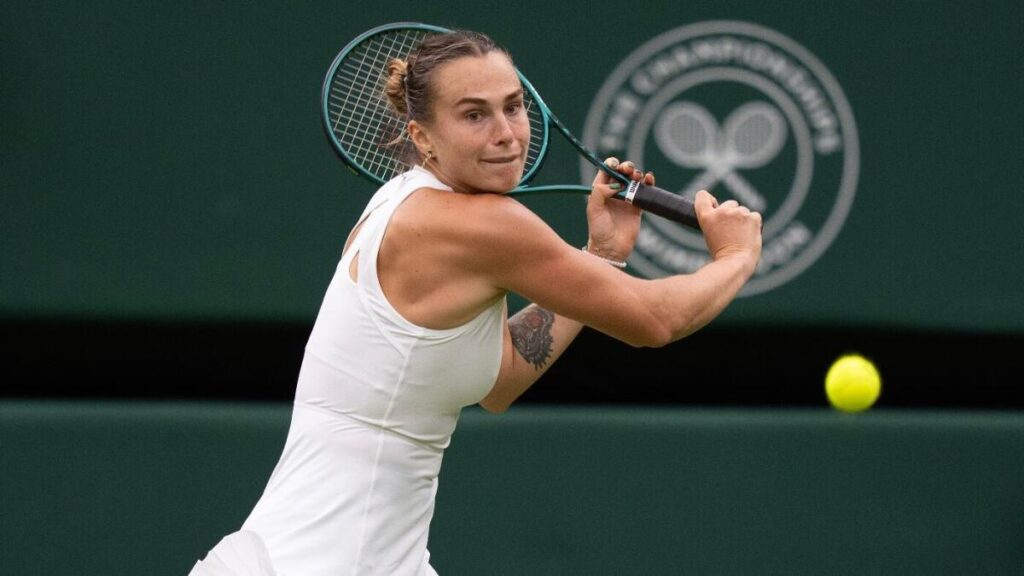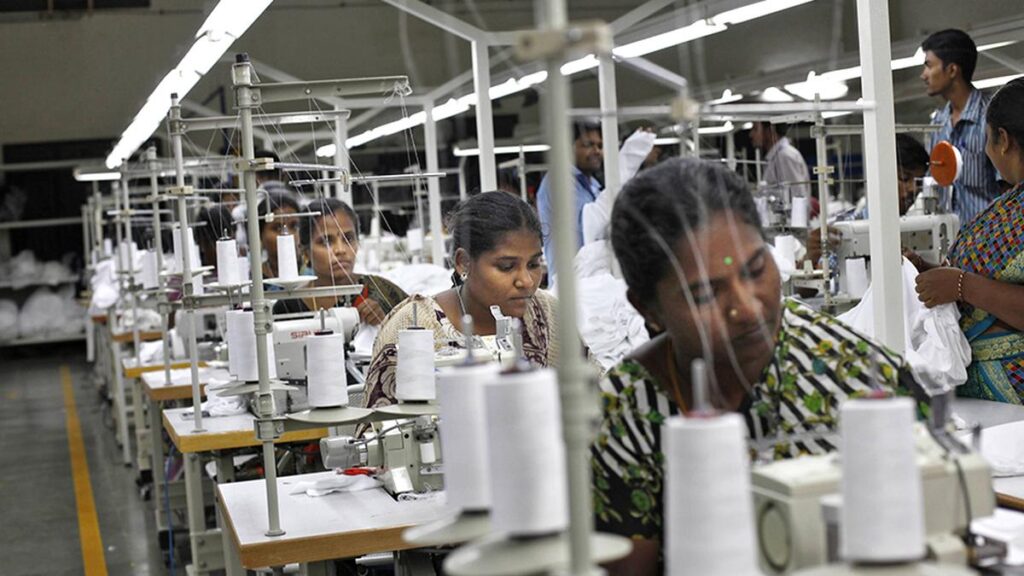Wimbledon opened to the hottest start in the tournament’s history, with temperatures soaring to 32.C at the All England Club. Over the fortnight, players and spectators endured an average of 26.C — unusually high for a London July. Ice towels and cooling breaks became routine. One moment that summed up the heat’s toll was when the eventual runner-up, Carlos Alcaraz rushed to help a fan who had collapsed courtside.
While the stands fought off the sun, the players had their eyes on something else: the grass. Lush on day one, the surface began drying up quickly.
The shift from pristine green to dusty brown happens every year — but it still says a lot about how the game is played today. The damage is almost always at the back of the court, near the baselines. The grass near the net? Still green.
That contrast reflects a deeper change. Since 2001, Wimbledon’s grass has been re-engineered — from a 70/30 mix of rye and fescue to 100% perennial ryegrass. The turf is now denser, and the bounce heavier. The quick, skiddy surface, favouring serve-and-volley tactic in the ‘90s now lets the ball to sit up more, giving players time to settle at the back of the court. The result: longer rallies, fewer net charges.
This year, the weather made things even slower. Under extreme heat, grass dries out, gets brittle, and loses elasticity. It’s tougher to maintain moisture, which changes how the ball reacts. “There’s not enough water, and it gets really, really yellow, very, very fast,” said Barbora Krejcikova, the defending women’s champion, as quoted by BBC.
“When you’re a top athlete, you feel those nuances — the ball comes in slower, and that extra tenth of a second makes a difference,” Neil Stubley, the tournament’s head groundsman, said.
Canadian No. 27 seed Denis Shapovalov said: “This isn’t grass anymore. The court is slower than a clay one. It’s not even grass.”
All of this has added to a shift that’s been building for years. Net approaches still happen, but they’re more often a product of a long rally — not a go-to tactic off the serve.
Detailed rally stats for Wimbledon 2025 aren’t available publicly. But the worn-out baselines and the players account suggests the trend has only grown.
Shorter rallies (1–3 shots) still account for around 60% of all points. But the share of medium-length exchanges (4–6 shots) has held steady at 22–23%, and longer rallies (7–9 shots and beyond) have gained ground. It’s a quiet shift, but one that favours defensive skills and patience over attacking tennis.
Wimbledon’s grass, year after year, fades the same way — from sheen of green to worn and dusty. This year, the heat sped up that transformation. The sun dried out the courts; the rallies stretched longer. The serve-and-volley faded further into memory.





